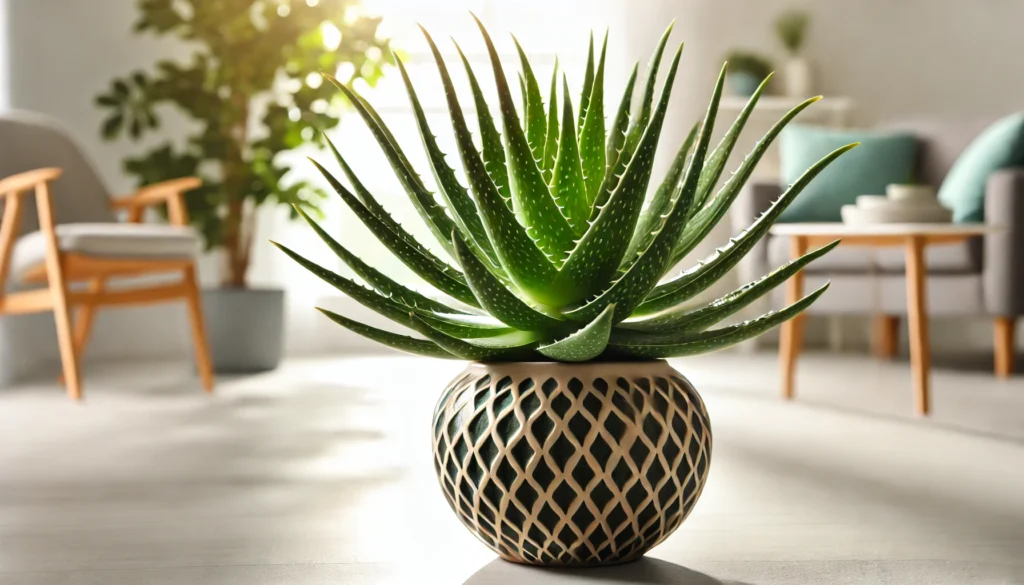
The Heliotrope plant, scientifically known as Heliotropium arborescens, is a beautiful and fragrant addition to any garden. This perennial plant, often grown as an annual in cooler climates, is prized for its clusters of small, violet, lavender, or white flowers that exude a delightful, sweet scent. Heliotrope plants can grow up to 2 feet (60 cm) tall and are perfect for garden beds, borders, and containers.
History and Ideal Growing Conditions
Native to Peru, the Heliotrope plant has been cultivated in gardens around the world for centuries. Its name, derived from the Greek words for “sun” and “turn,” refers to the plant’s tendency to turn its flowers toward the sun throughout the day. Heliotrope thrives in full sun but can tolerate partial shade, particularly in hotter climates. It prefers well-draining, fertile soil and needs regular watering to keep the soil consistently moist. The ideal temperature range for growing Heliotrope is between 60°F and 75°F (15°C to 24°C), and it is hardy in USDA zones 10-11.
Toxicity and Pets
Heliotrope is toxic to pets, including cats, dogs, and horses. The plant contains pyrrolizidine alkaloids, which can cause liver damage if ingested. Symptoms of toxicity include vomiting, lethargy, and loss of appetite. If you have pets, it’s essential to keep Heliotrope plants out of their reach.
Safe Alternative Plants
If you’re concerned about pet safety, consider planting alternatives like Marigolds (Tagetes spp.) or Petunias (Petunia spp.). These plants are non-toxic to pets and offer similar vibrant colors to enhance your garden.
Best Practices for Caring for Your Heliotrope Plant
Caring for Heliotrope involves providing the right balance of water, light, and nutrients to encourage lush growth and continuous blooming.
Watering and Humidity
Heliotrope plants require regular watering, especially during the growing season. Water the plant when the top inch (2.5 cm) of soil feels dry to the touch. Keep the soil consistently moist, but avoid waterlogging, which can lead to root rot. Heliotrope plants appreciate humidity, so consider misting the plant during dry periods or using a humidity tray.
Soil, Light, and Temperature
Heliotrope thrives in rich, well-draining soil with a slightly acidic to neutral pH. A good-quality potting mix enriched with organic matter works well for container-grown plants. Place your Heliotrope in a location where it can receive full sun for at least 6 hours a day. In very hot climates, a spot with morning sun and afternoon shade is ideal. Maintain a temperature range of 60°F to 75°F (15°C to 24°C) for optimal growth, and protect the plant from frost.
Fertilizing
Feed your Heliotrope plant with a balanced, water-soluble fertilizer every two weeks during the growing season (spring and summer). This will promote healthy growth and abundant blooms. Reduce feeding in the fall and winter when the plant’s growth slows.
Common Problems and Remedies
Heliotrope plants are generally easy to care for, but they can encounter a few common issues:
- Yellowing Leaves: Often caused by overwatering or poor drainage. Ensure the soil is well-draining and allow it to dry slightly between waterings.
- Powdery Mildew: A common fungal issue in humid conditions. Increase air circulation around the plant and treat affected areas with a fungicide.
- Pests: Watch out for aphids, spider mites, and whiteflies. Treat infestations with insecticidal soap or neem oil.
Pruning Your Heliotrope Plant
Pruning is essential for maintaining the shape and encouraging new growth in Heliotrope plants. The best time to prune is in early spring, just before the growing season begins.
Tools Needed
Use sharp, clean pruning shears for precise cuts. Always sanitize your tools before and after pruning to prevent the spread of disease. A bleach solution (one part bleach to nine parts water) is effective for sanitizing.
Identify Areas to Trim
Focus on removing dead, damaged, or diseased leaves and stems. Prune back leggy growth to promote a bushier appearance, but avoid removing more than one-third of the plant at a time.
Deadheading
Regularly remove spent flowers (deadheading) to encourage the plant to produce more blooms. Pinch off the flowers just above a healthy leaf node.
Prune Leggy Growth
If your Heliotrope becomes leggy, prune it back to a leaf node to encourage denser growth. This will help the plant maintain a compact, attractive shape.
Remove Damaged or Diseased Leaves
Promptly remove any leaves that show signs of disease or damage. This not only improves the plant’s appearance but also helps prevent the spread of disease.
Shape the Plant
Prune your Heliotrope to shape it, ensuring a balanced, symmetrical appearance. Trim any awkward or crossing branches that disrupt the plant’s overall form.
Post-Pruning Care
After pruning, water the plant well and place it in a location with adequate light. Monitor the plant closely for signs of stress and adjust care as needed.
Propagation and Benefits of the Heliotrope Plant
Heliotrope can be propagated through stem cuttings or seeds. To propagate via cuttings, take a healthy stem cutting in the spring or summer, remove the lower leaves, and place it in water or moist soil until roots develop. This plant is not only prized for its beautiful flowers and fragrance but also for attracting pollinators like bees and butterflies, making it a valuable addition to any garden.
Final Thoughts
The Heliotrope plant is a fragrant and versatile addition to gardens and containers alike. With its vibrant flowers and sweet scent, it brings a touch of elegance and charm to any space. While it does require some attention to watering and pruning, the rewards of growing Heliotrope are well worth the effort. Just be mindful of its toxicity to pets and follow best care practices to keep your plant healthy and blooming all season long.



